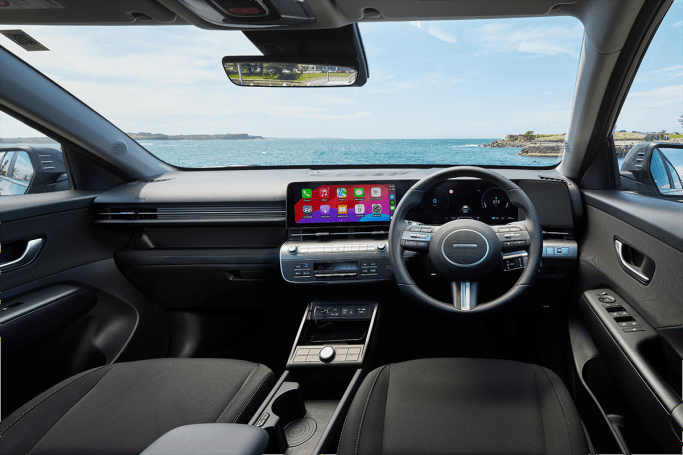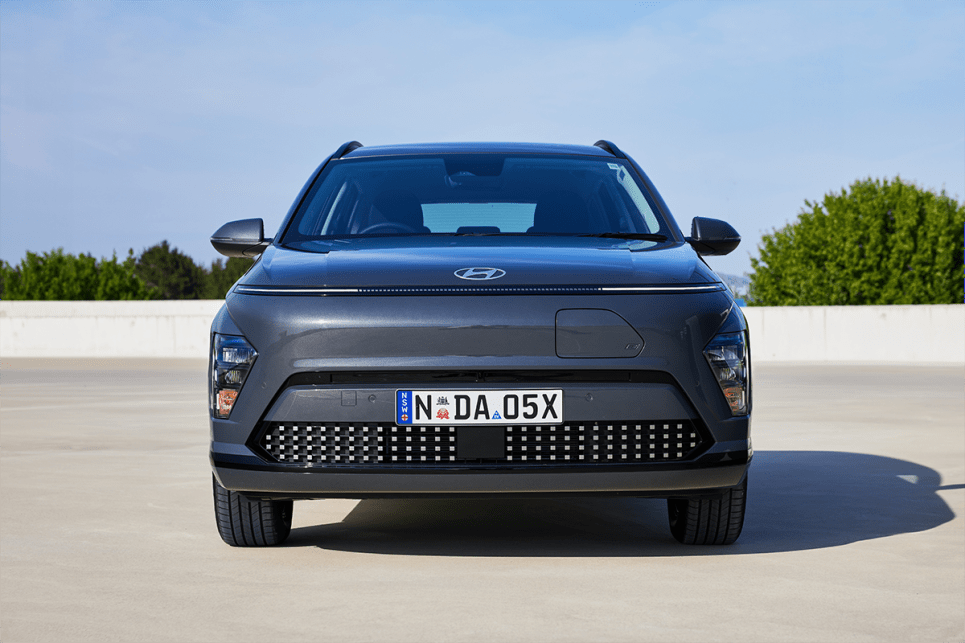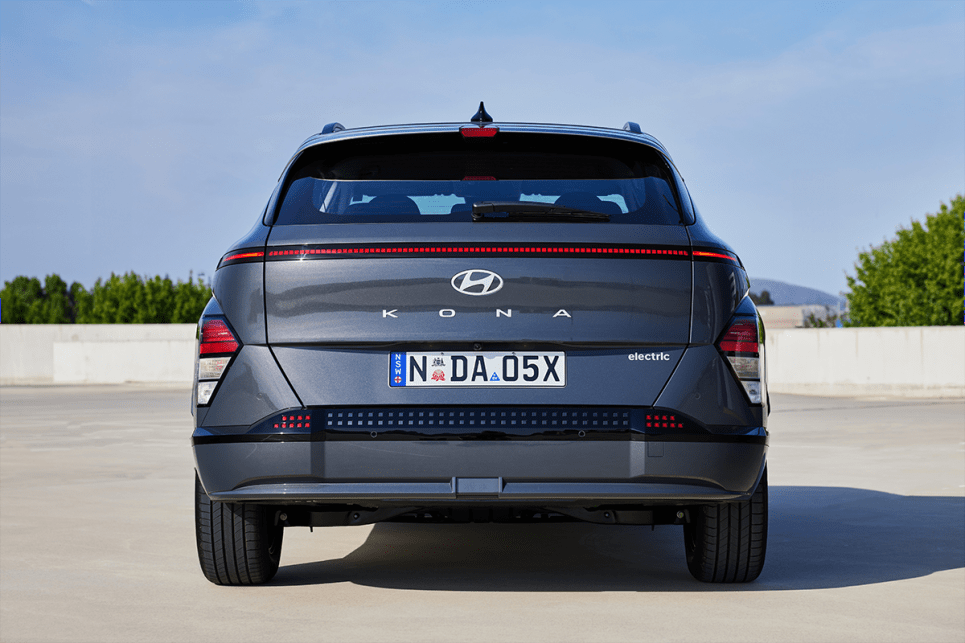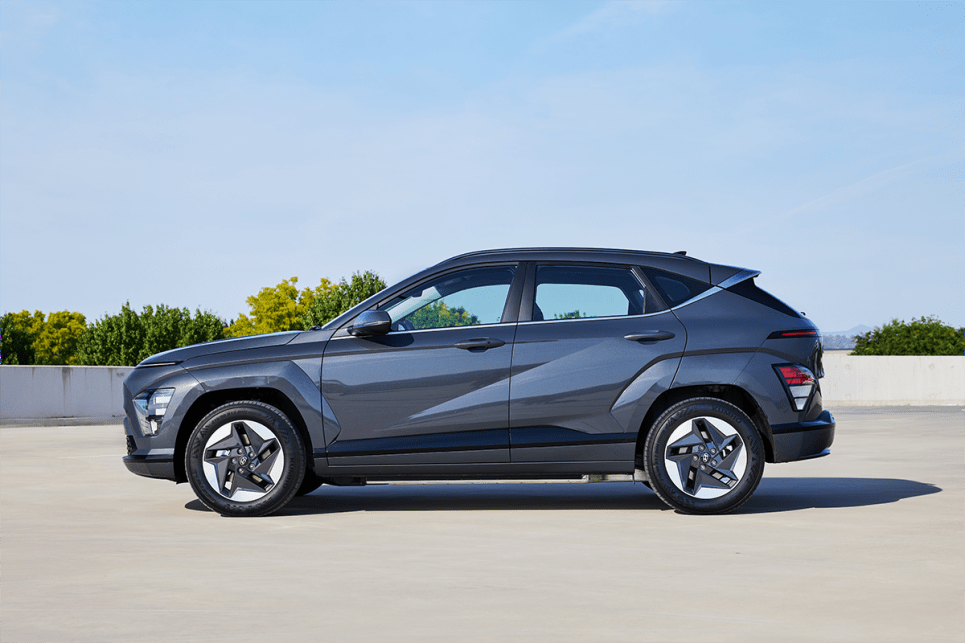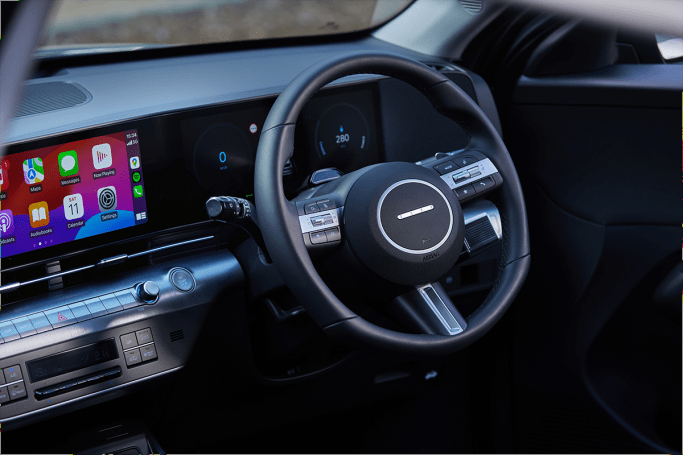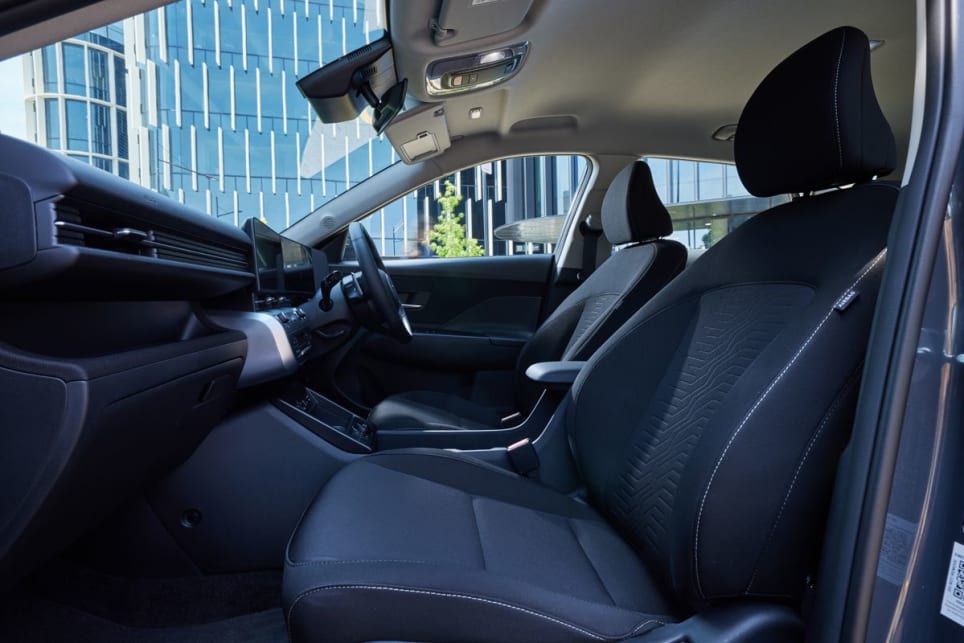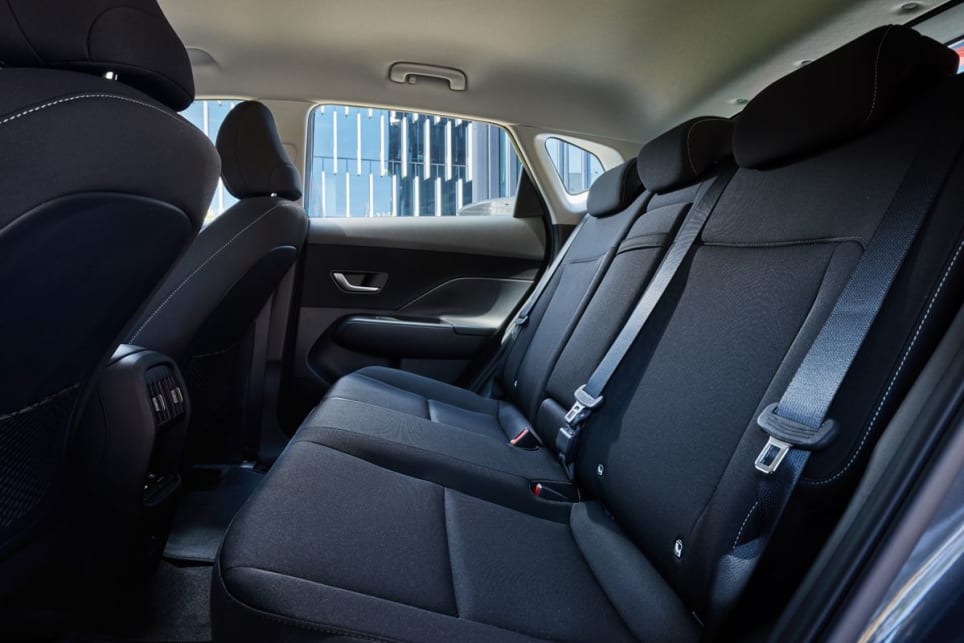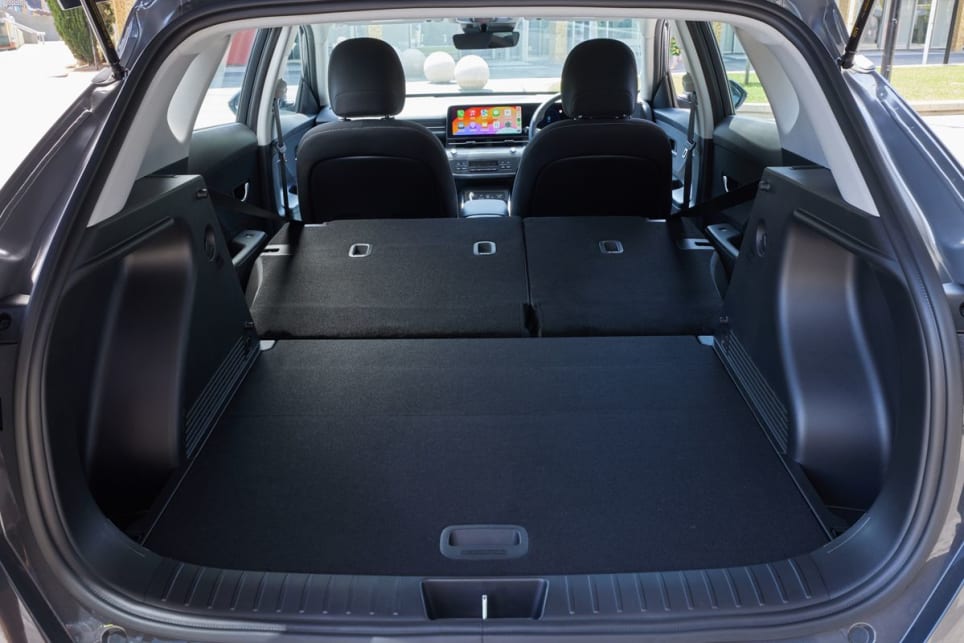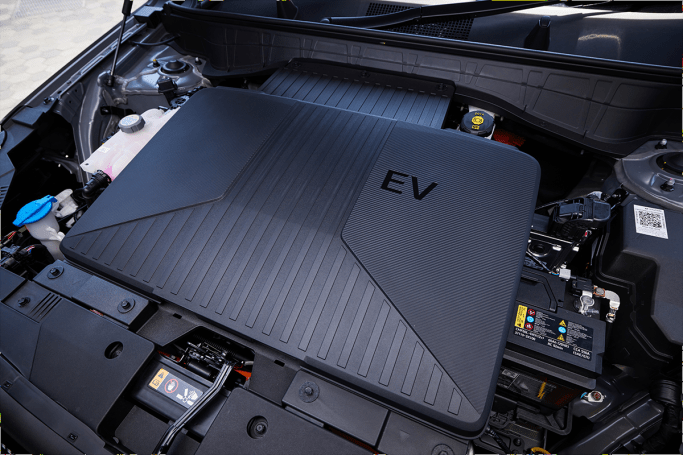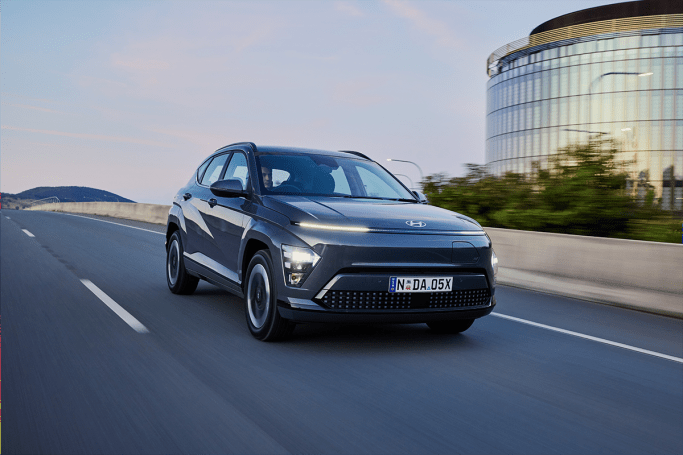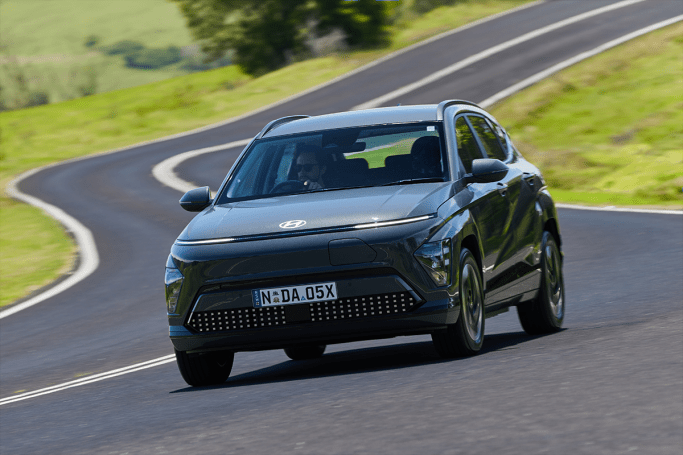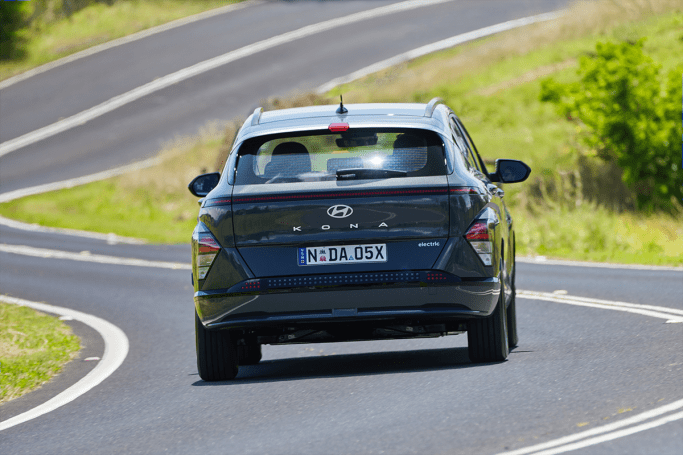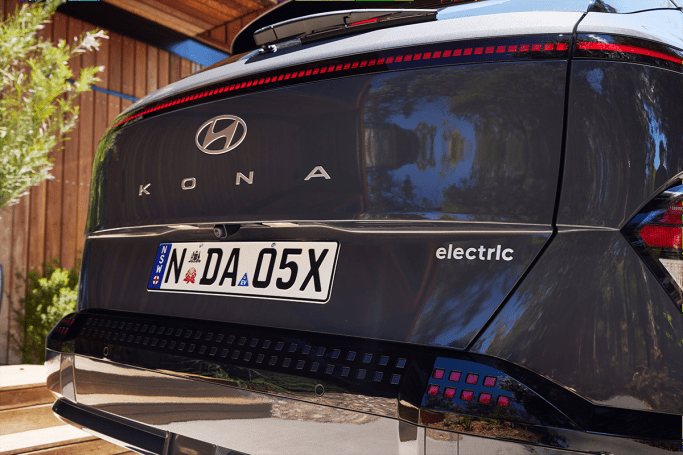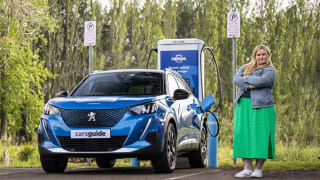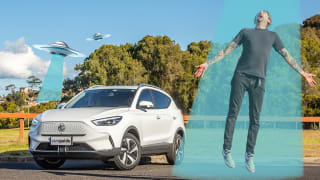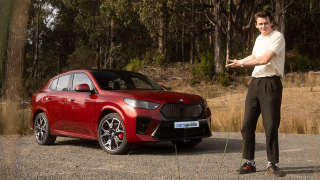Fun fact. We drove the Hyundai Kona Electric some time ago, but refrained from writing about it because the Korean brand couldn't yet tell us what it would cost. And in the increasingly competitive world of electric vehicles, the price is a big factor.
And yes, that's unusual. Car companies usually have every possible duck in a row before launching a vehicle. But with the Kona Electric, Hyundai was fighting over the price, trying to get it as low as it possibly could.
So, where did it end up? Cheaper than the last one.
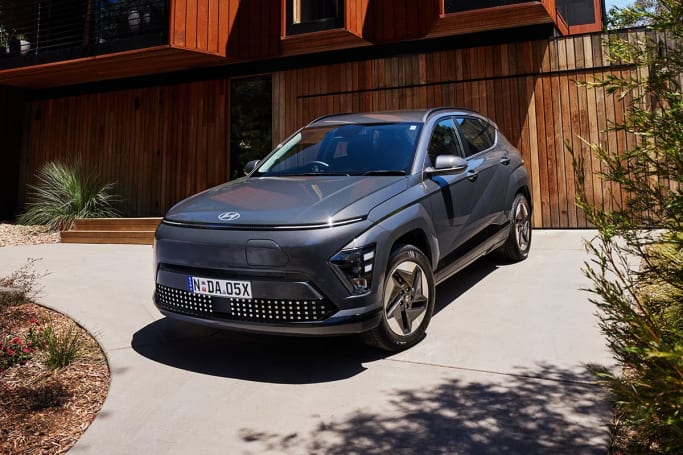
The Kona Electric can be had as a base model or Premium, with the entry-level then able to be had in Standard Range or Extended Range guises (the Premium is Extended Range only).
So, the base Kona Electric Standard Range is now $54,000, before on-road costs, which is $500 cheaper than the model it replaces.
The Extended Range version of the same car is now $58,000, some $2500 cheaper than before. The only bad news is for the Kona Electric Premium, which lists at $68,000, or $4000 more than its predecessor.
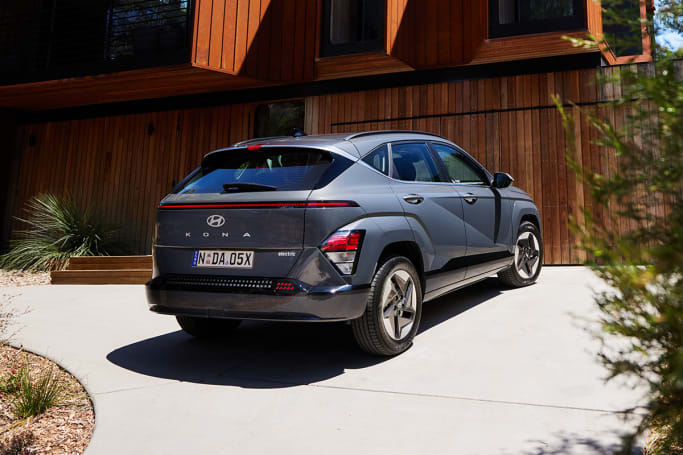
For the record, that makes the Kona slightly more expensive than the BYD Atto 3 ($48,011 to $51,011), and cheaper than a Tesla Model Y ($65,400 to $78,400, not including the Performance).
What separates the base-model cars is the battery (48.6kWh or 64.8kWh), so both share 17-inch alloy wheels, LED headlights, dual 12.3-inch screens for the digital instruments and multimedia touchscreen, Apple CarPlay and Android Auto connectivity, a wireless phone charger, dual-zone climate, keyless entry and push-start ignition, as well as a full active safety suite.
The Premium grade then gets 19-inch alloy wheels, synthetic leather interior trim, heated and ventilated seats, a heated steering wheel, a head-up display, a Bose premium audio system, remote smart parking assist, a sunroof and a powered tailgate.
